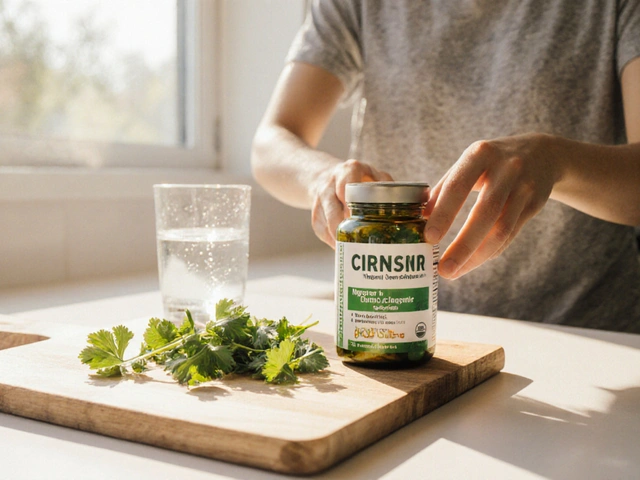Wintergreen: Uses, Benefits & Safety Tips
Wintergreen usually refers to the plant Gaultheria procumbens or its essential oil, which is rich in methyl salicylate. People use it for pain relief, a minty flavor, and in some topical products. If you plan to try wintergreen oil, know what it does and when it can be risky.
How people use wintergreen
Most common use is as a topical pain reliever. Methyl salicylate works like aspirin on the surface — it eases sore muscles, joint aches, and minor bruises. You’ll find it in rubs, liniments, and some sports creams.
Some people add tiny amounts to homemade balms for a cooling, soothing effect. It’s also a flavoring agent in low doses for gum and candy, though concentrated oil isn’t safe to eat.
Athletes and massage therapists use it because it warms the skin and can improve blood flow to an area, which may help recovery after workouts. Still, it’s not a substitute for medical care when injuries are serious.
Safety, dosing and interactions
Wintergreen oil is potent. One teaspoon can contain as much methyl salicylate as several adult aspirin tablets. That means small amounts can cause harm if swallowed or used over large skin areas.
Never apply pure wintergreen oil directly to skin. Always dilute in a carrier oil (like coconut or almond) — a standard home dilution is 1% to 2% for adults (about 6–12 drops per ounce of carrier). Use less for children and older adults, or skip it entirely for kids under two.
Mixing wintergreen with blood thinners (warfarin) or giving it alongside regular aspirin increases bleeding risk. If you take anticoagulants, have bleeding disorders, or are on high-dose aspirin, talk to your doctor before use.
Pregnant and breastfeeding people should avoid internal use and check with a healthcare provider before topical use, especially on large areas. Pets, especially cats, are sensitive to essential oils — keep wintergreen products away from them.
Watch for signs of overdose: ringing in the ears, nausea, rapid breathing, or dizziness. If anyone swallows concentrated oil or shows severe symptoms, seek emergency care and bring the product label.
Choose reputable brands. Look for clear labeling, percent methyl salicylate, and recommended dilutions. Avoid products that don’t list ingredients or come in unmarked containers.
Want a safer start? Try commercial topical products with known concentrations or use milder essential oils like peppermint for a cooling effect. If you’re treating chronic pain, see a clinician to rule out underlying causes and discuss long-term options.
Use wintergreen carefully and it can be a handy tool for short-term, external relief. Use it recklessly and the risks outweigh the benefits. If you’re unsure, ask a pharmacist or doctor — they can recommend a product and dilution that fits your needs.
Latest Posts
Tags
- online pharmacy
- medication
- dietary supplement
- side effects
- online pharmacy UK
- medication safety
- mental health
- impact
- online pharmacies
- dosage
- skin health
- health
- pain relief
- dietary supplements
- massage therapy
- medication side effects
- eye inflammation
- health benefits
- mental health treatment
- thyroid medication





